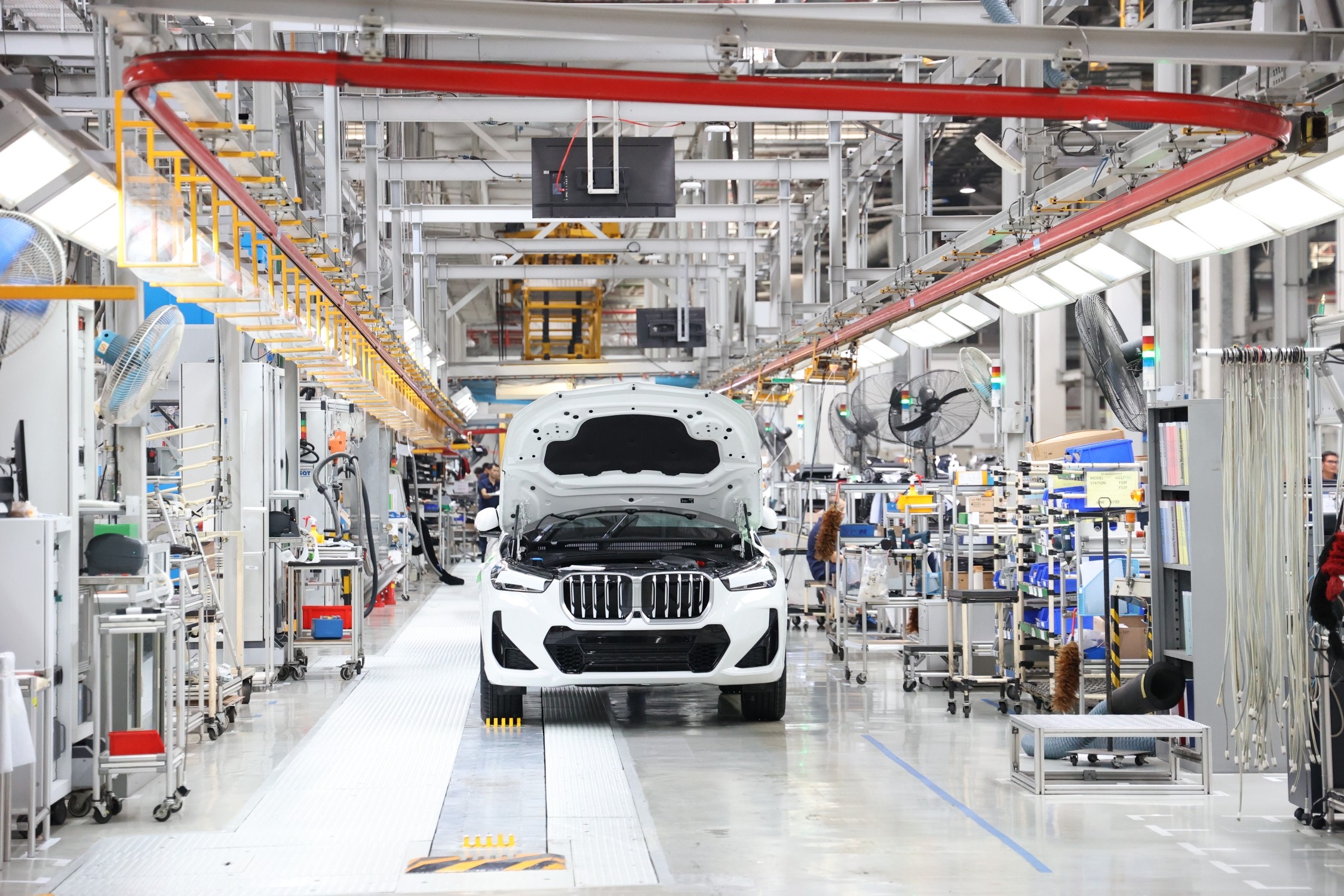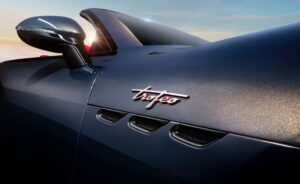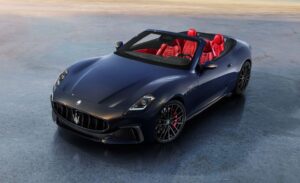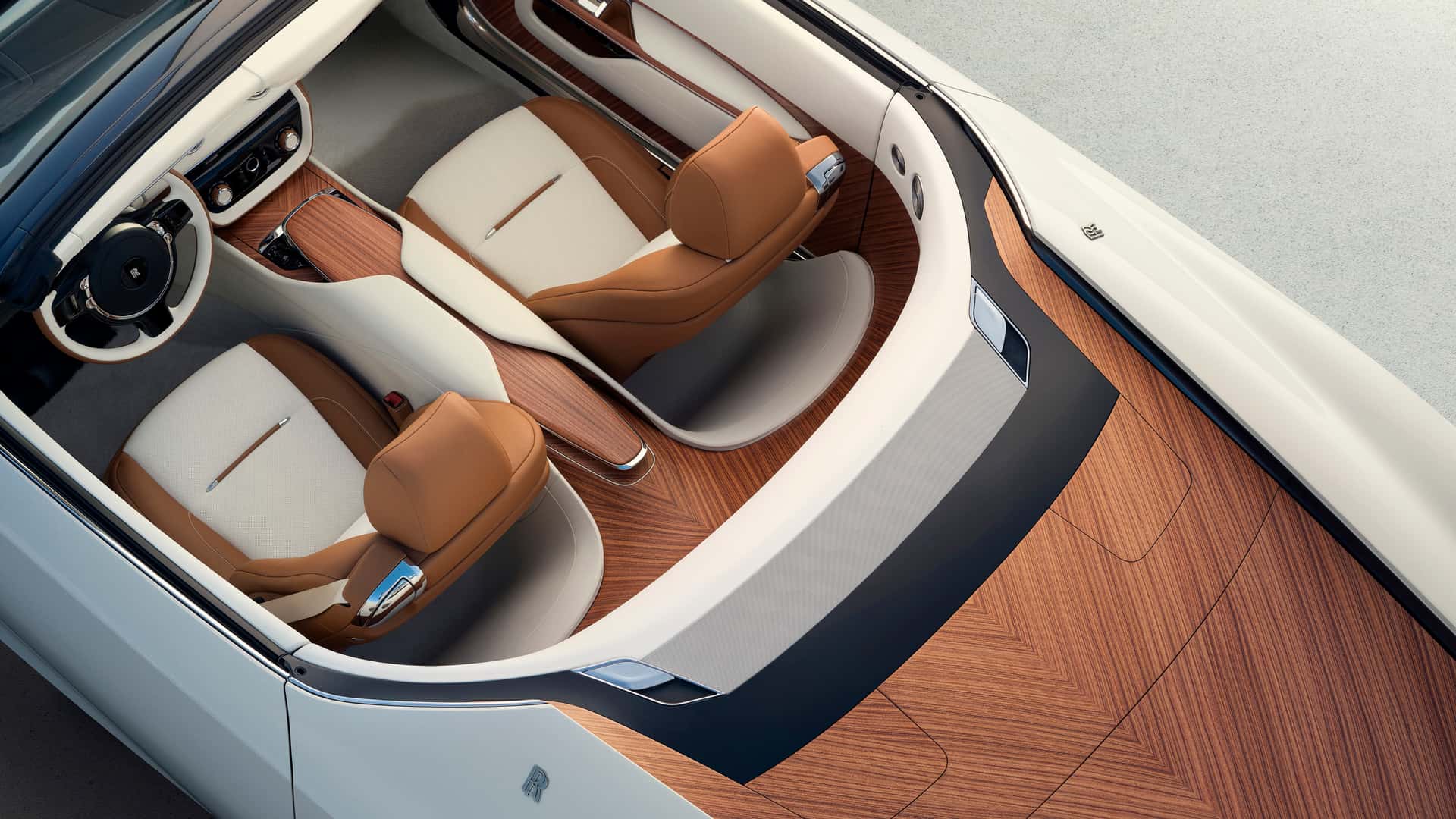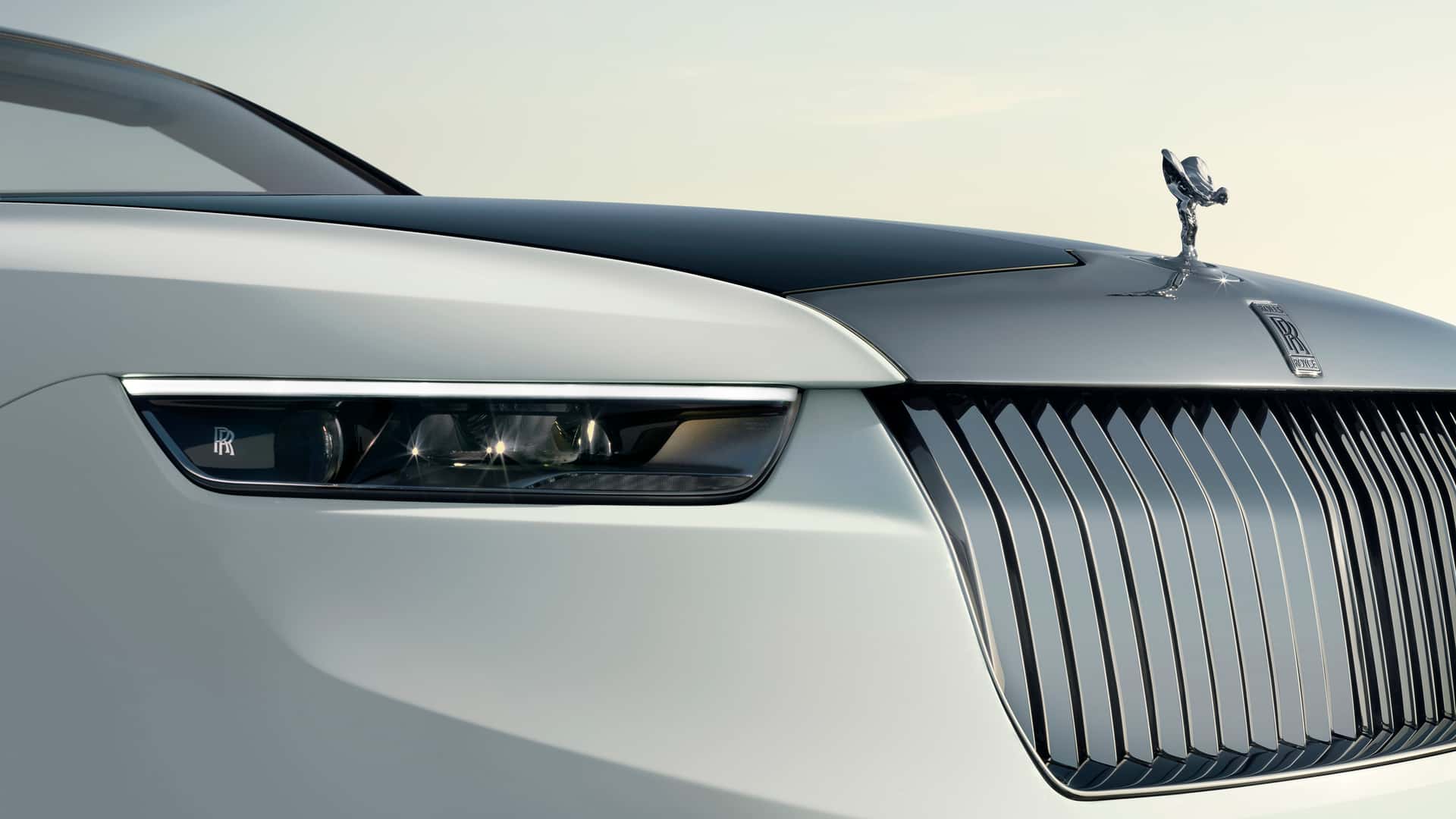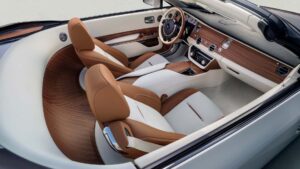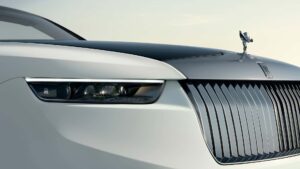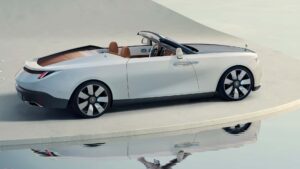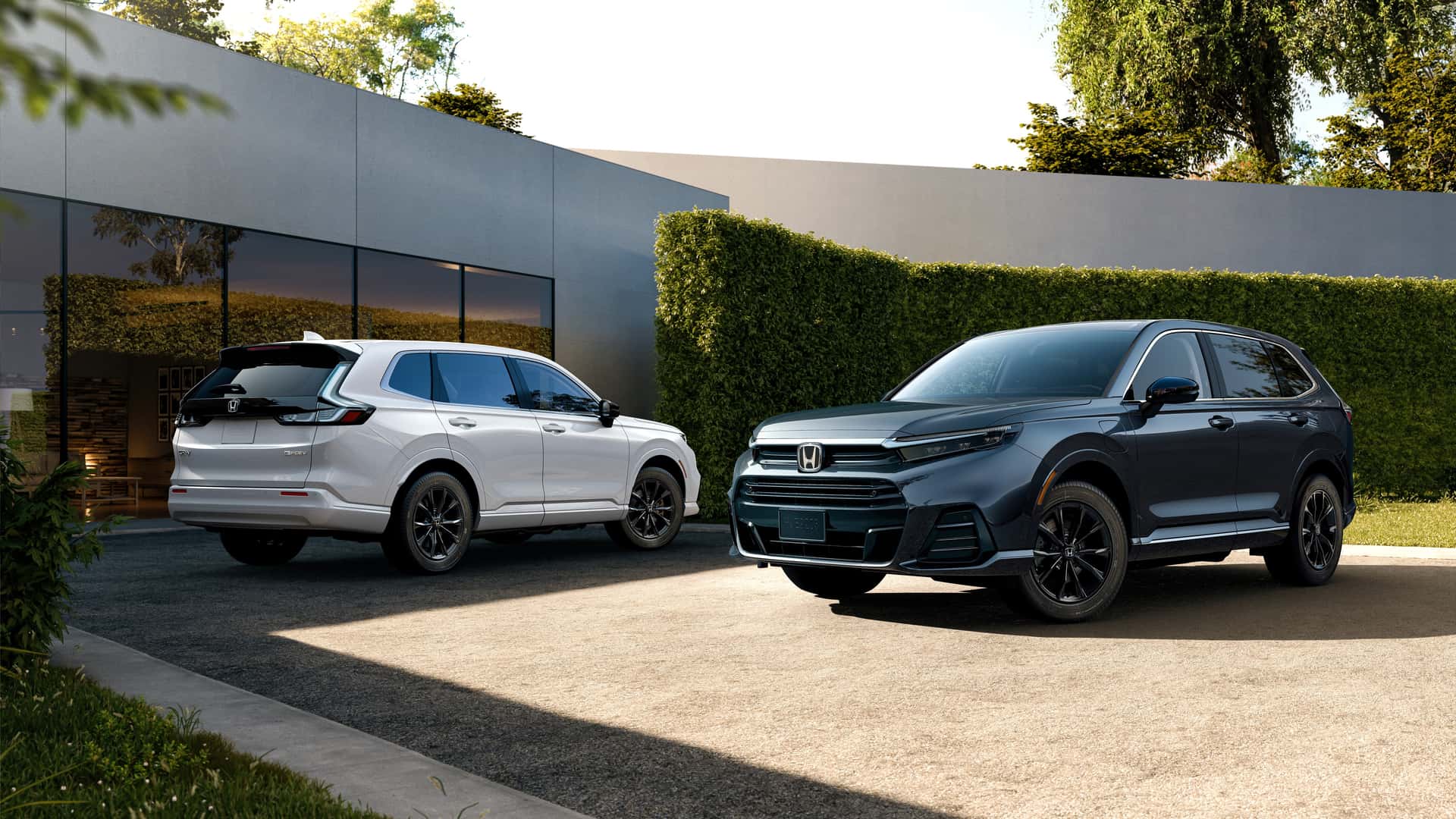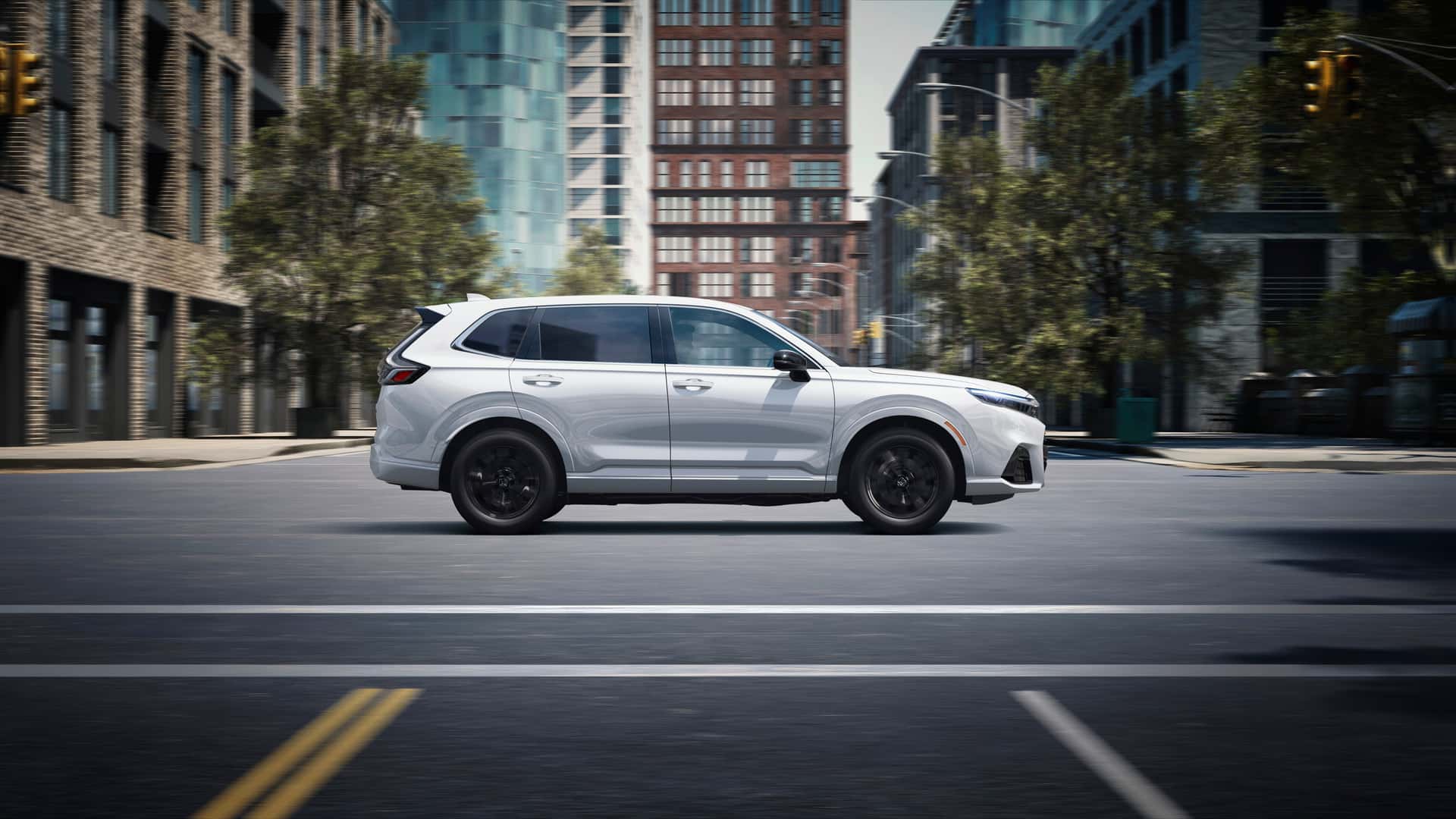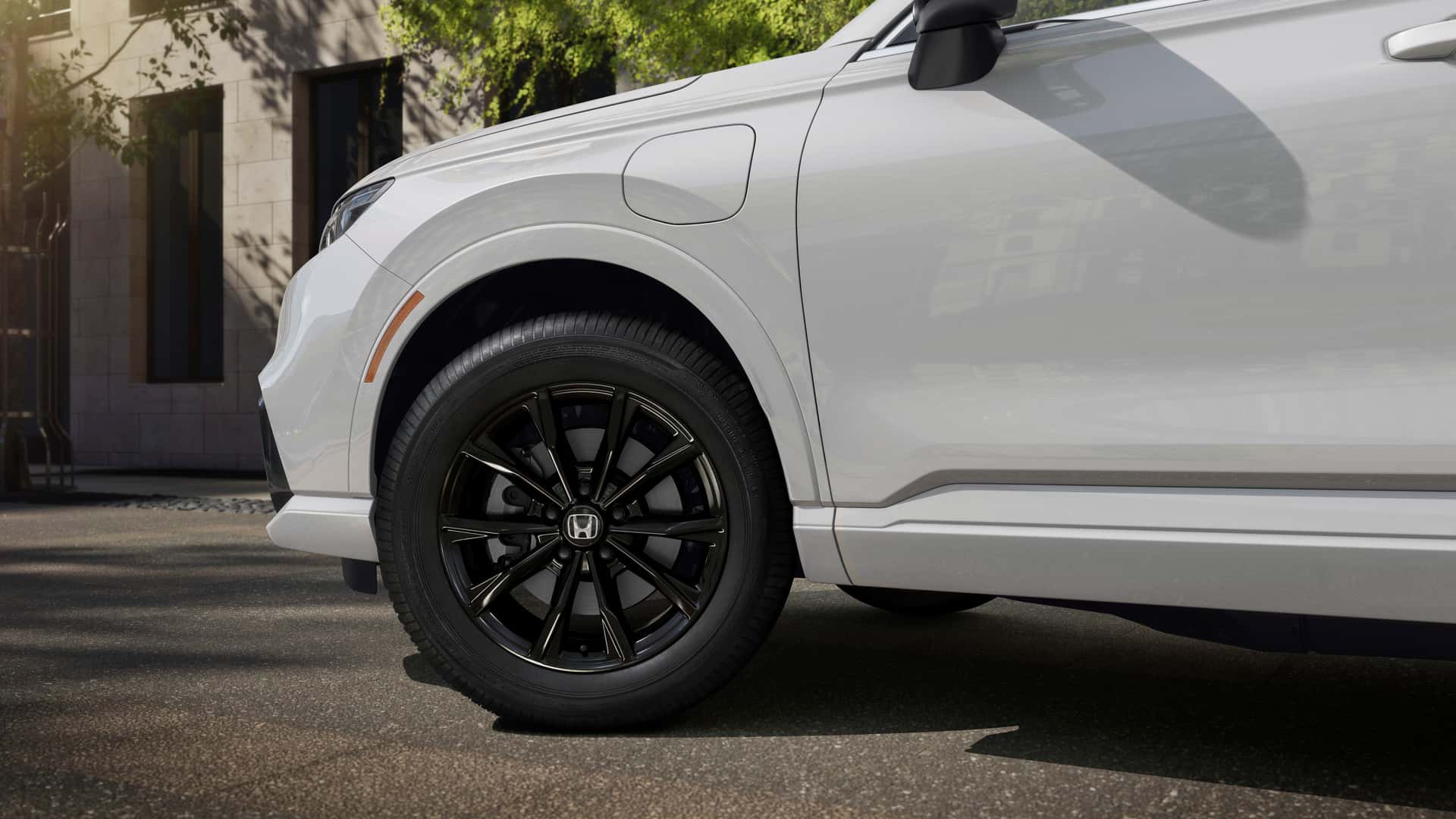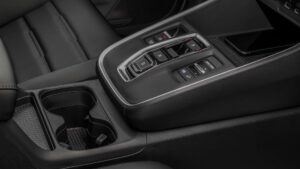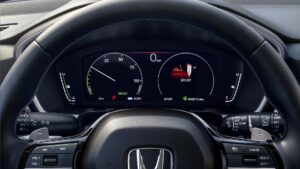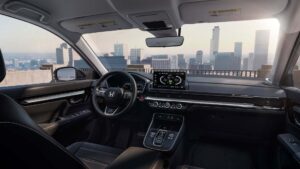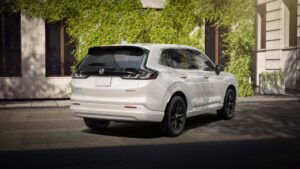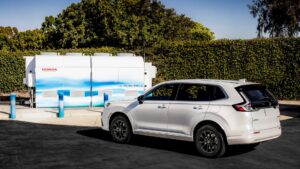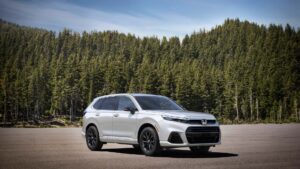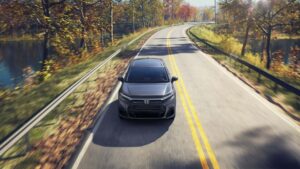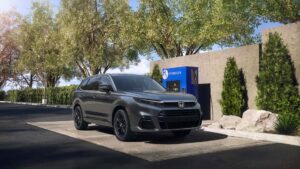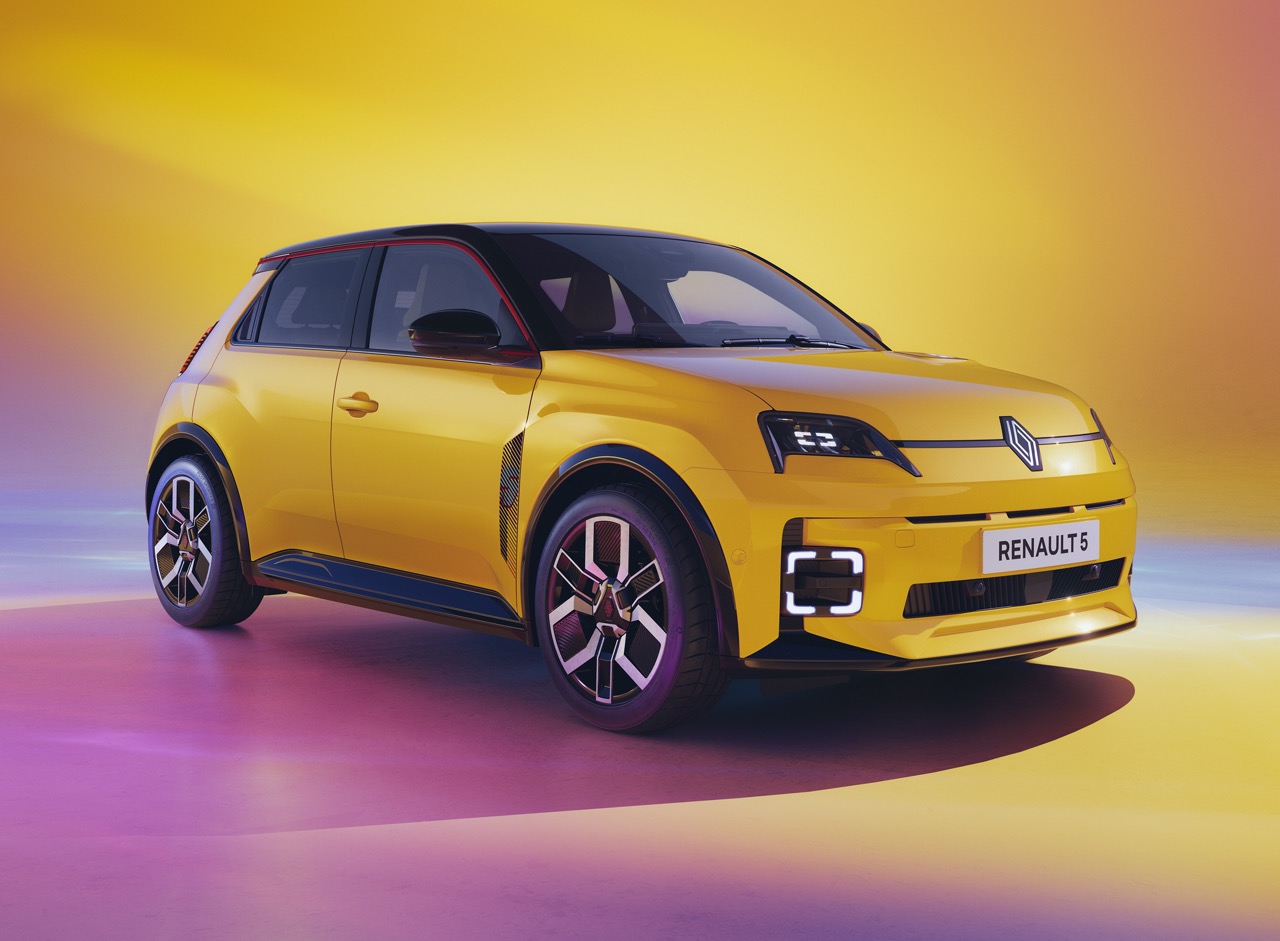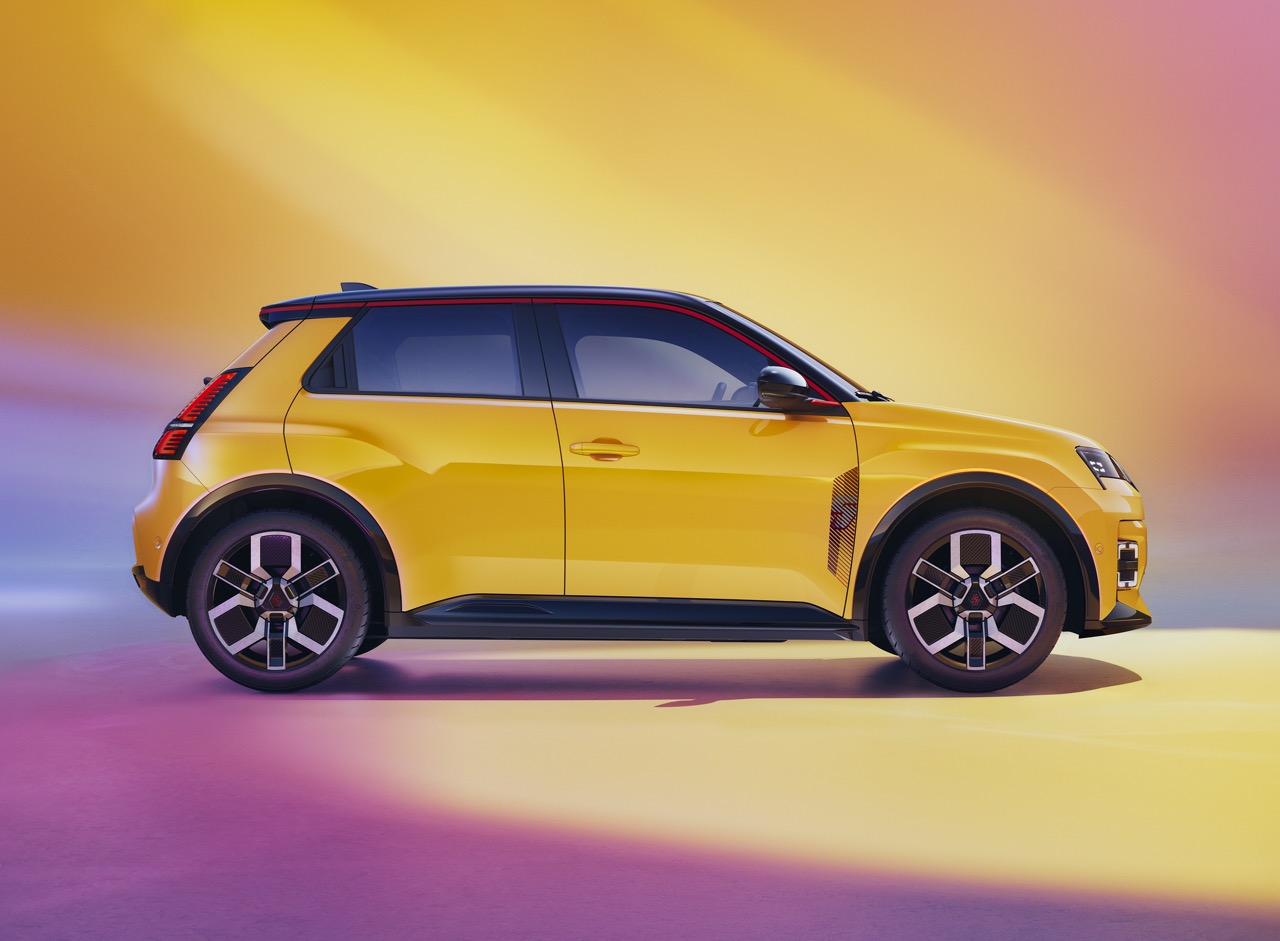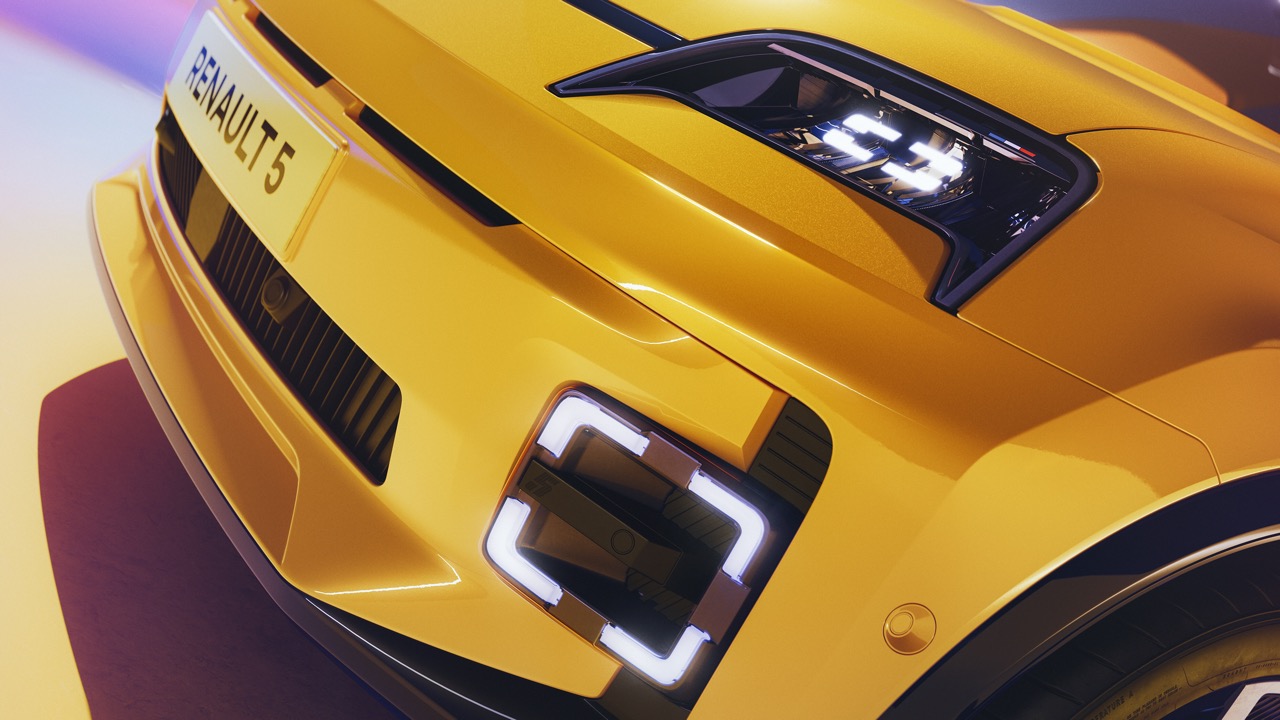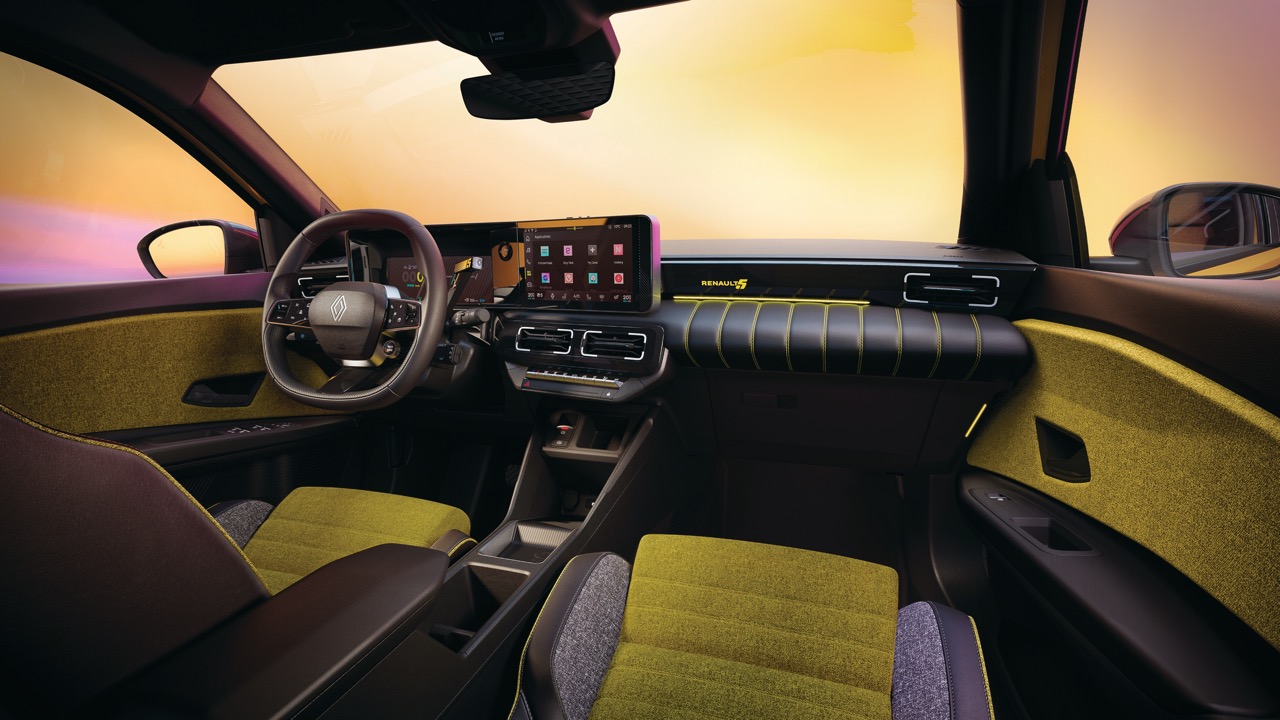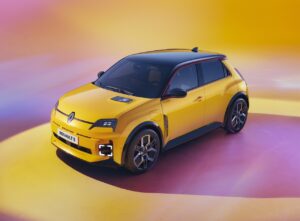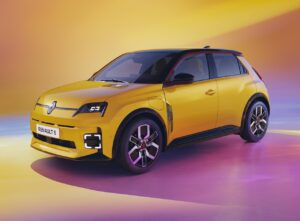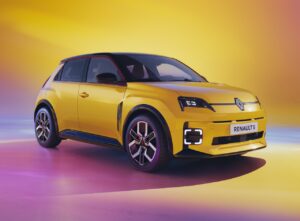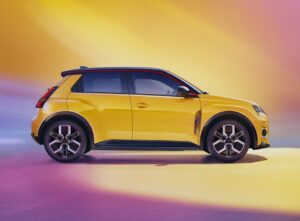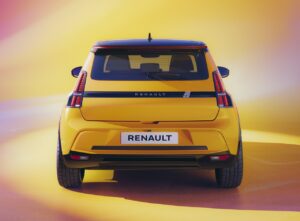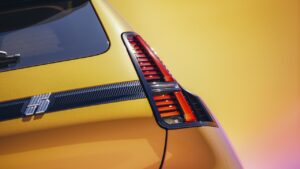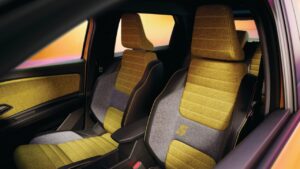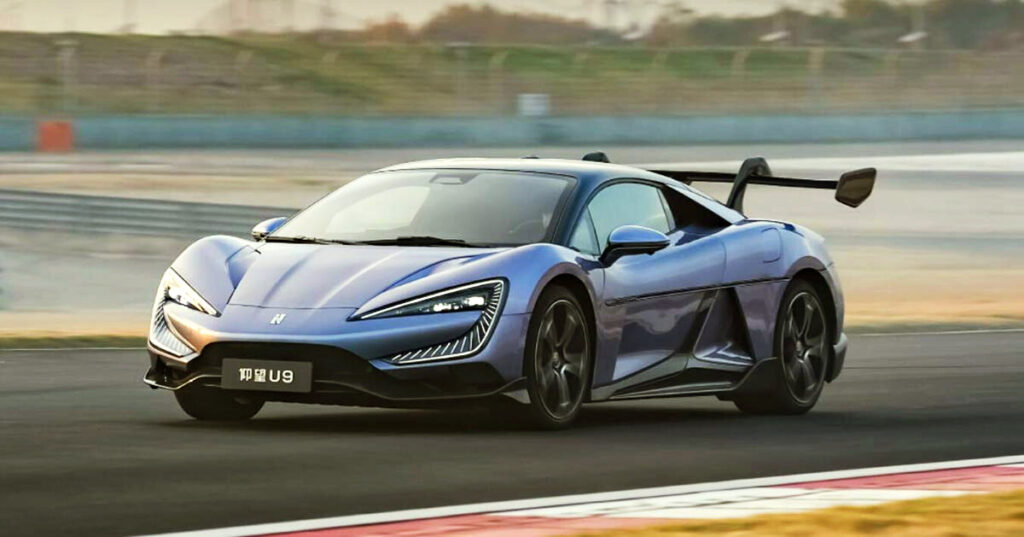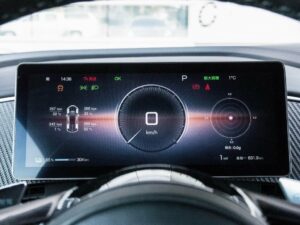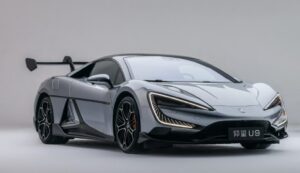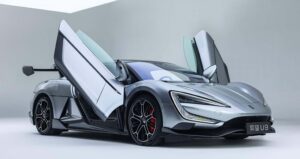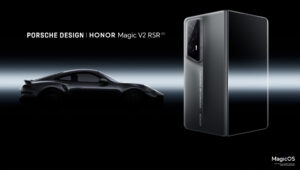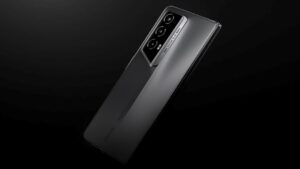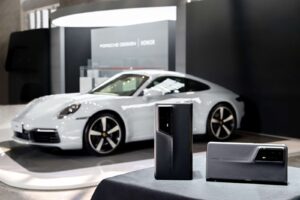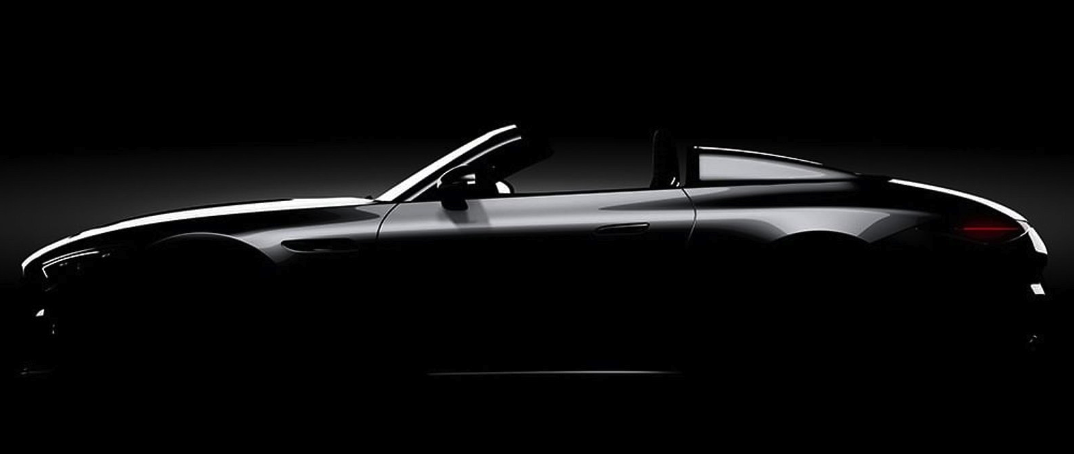Maserati has unveiled the 2024 GranCabrio sports car, albeit six months later than scheduled due to a series of new-model delays. Set to arrive in European showrooms later this year, the GranCabrio is the convertible counterpart to the GranTurismo coupe introduced 18 months ago, marking Maserati’s first all-new model in 14 years.
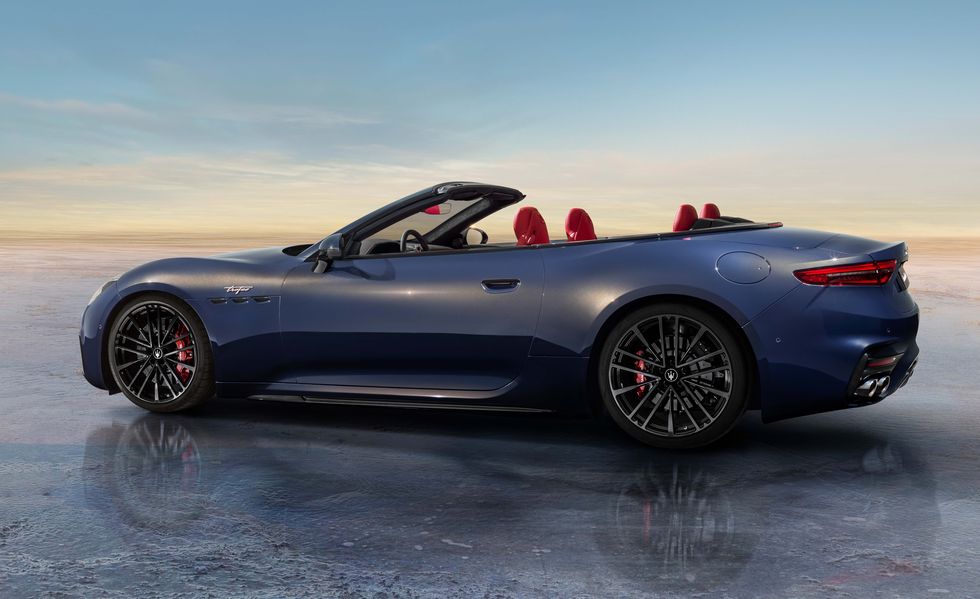
Unlike its predecessor, which featured non-turbo Ferrari V8 power and ceased production in late 2019, the new GranCabrio debuts with a twin-turbo V6 petrol engine. Initially, it will be offered with this powertrain, with an electric version likely to follow.

Distinguishing itself from the coupe variant, the GranCabrio boasts a soft-top roof available in five colours – black, blue, grey, ‘greige,’ and garnet red. The roof operates swiftly, opening in 14 seconds and closing in 16 seconds at speeds of up to 50km/h. Controlled via a touchscreen menu, the roof also includes a neck warmer and a folding ‘wind stopper’ for added comfort.

Externally, the GranCabrio mirrors its coupe counterpart, featuring an evolutionary design inherited from its predecessor dating back to 2007.
Under the hood, the GranCabrio is powered by a 3.0-litre twin-turbo petrol ‘Nettuno’ V6 engine developed by Maserati, delivering 535hp and 650Nm of torque in Trofeo trim. Power is channelled to all four wheels via an eight-speed automatic transmission, enabling a 0-100km/h acceleration time of 3.6 seconds, 0-200km/h in 12.2 seconds, and a top speed of 316km/h.

Equipped with adaptive air suspension, sizable brakes, large wheels, and advanced driver aids, the GranCabrio promises dynamic performance and precise handling. It offers four drive modes – Comfort, GT, Sport, and Corsa – along with a full ESC Off setting for enthusiasts.
Inside, the GranCabrio boasts luxurious appointments, including a head-up display, a digital interpretation of Maserati’s traditional clock, premium leather, aluminum finishes, and a high-end sound system.
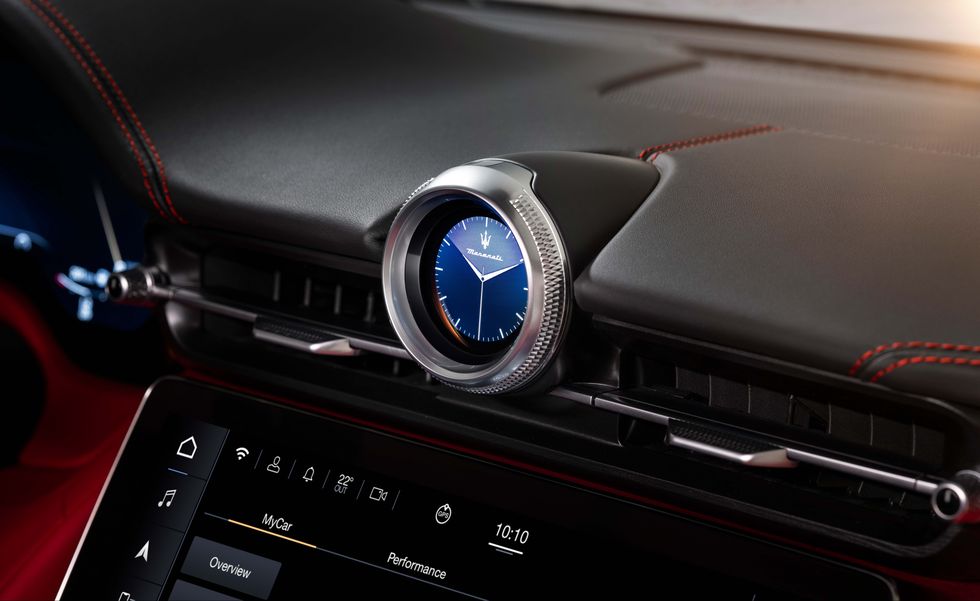
Advanced safety features such as adaptive cruise control, lane-centring assist, autonomous emergency braking, and a 360-degree camera enhance safety and convenience for occupants.
Despite sharing design elements with the GranTurismo, Maserati claims a 100kg weight increase for the GranCabrio. Nevertheless, it promises an exhilarating driving experience coupled with unparalleled luxury and comfort.




